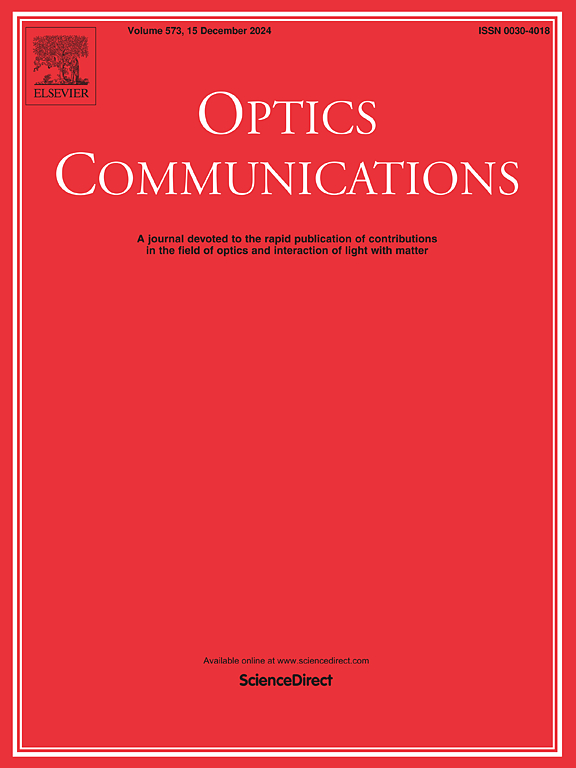Numerical insights into CsSnBr3 perovskite solar cells: Evaluating organic charge transport layers using DFT, SCAPS-1D, and wxAMPS simulations
IF 2.2
3区 物理与天体物理
Q2 OPTICS
引用次数: 0
Abstract
Perovskite solar cells mark a breakthrough in photovoltaic technology, attributed to their excellent optoelectronic characteristics, adjustable band gaps, and simplistic fabrication processes. Cesium-based perovskites have been the focus of research into lead-free substitutes, with CsSnBr3 emerging as a noteworthy contender for application as an absorber layer in solar cells. This study employed the Cambridge Serial Total Energy Package (CASTEP) to conduct density functional theory (DFT) calculations to examine the optical, electronic, and structural properties of cubic CsSnBr3. In CASTEP, the GGA-PBE approach was employed to determine the band gap (Eg) of CsSnBr3, which was determined to be 0.614 eV. Upon analyzing the electronic charge density map, it was determined that the Br-4d orbital is the primary factor influencing the density of states (DOS), with charge accumulation predominantly around the Br atom. Different CsSnBr3-based device structures were modeled in SCAPS-1D to investigate photovoltaic efficiency, while the optical characteristics were investigated to evaluate the material's optical response. Configurations included PFN:Br as the ETL and evaluated four organic HTLs: GO, PTAA, PEDOT:PSS, and P3HT, with the objective of identifying optimal ETL/CsSnBr3/HTL combinations. The simulation results indicated that the device architecture ITO/PFN:Br/CsSnBr3/P3HT/Ni attained the highest photoconversion efficiency of 24.01% among the configurations evaluated. The research evaluated the impact of varying absorber, ETL, and HTL thicknesses; doping levels; interface defects; series resistance; shunt resistance; and operating temperature on device performance. Performance indicators were assessed using current density-voltage and quantum efficiency analysis. The outcomes of SCAPS-1D simulations were corroborated by comparing them with wxAMPS results.
求助全文
约1分钟内获得全文
求助全文
来源期刊

Optics Communications
物理-光学
CiteScore
5.10
自引率
8.30%
发文量
681
审稿时长
38 days
期刊介绍:
Optics Communications invites original and timely contributions containing new results in various fields of optics and photonics. The journal considers theoretical and experimental research in areas ranging from the fundamental properties of light to technological applications. Topics covered include classical and quantum optics, optical physics and light-matter interactions, lasers, imaging, guided-wave optics and optical information processing. Manuscripts should offer clear evidence of novelty and significance. Papers concentrating on mathematical and computational issues, with limited connection to optics, are not suitable for publication in the Journal. Similarly, small technical advances, or papers concerned only with engineering applications or issues of materials science fall outside the journal scope.
 求助内容:
求助内容: 应助结果提醒方式:
应助结果提醒方式:


